
Becoming mommy is a tough journey.
Undeniably, motherhood is the most beautiful part of a woman’s journey. From the moment you witness the twin lines on the pregnancy test kit to the first audible sound of baby’s heart beat on the ultrasound machine, your path to becoming a mother is filled with anticipation and joy. You gleam with pride as you witness the birth of your child, cradle him in your arms and nurse him to sleep with a contented look on his newborn face. While giving life to your little one, this lovely journey will transform your body in many ways. Let’s take a look at what these changes are.
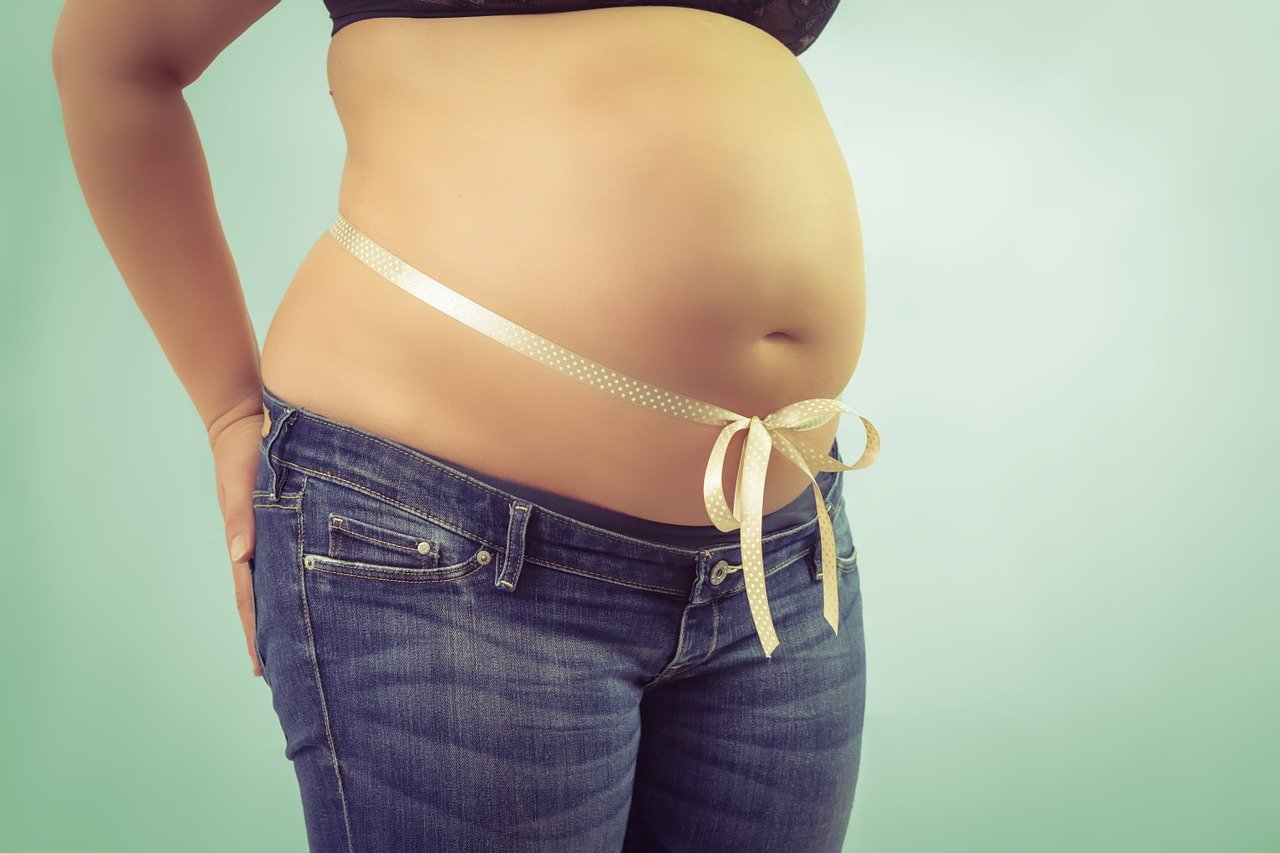
Mommy Belly
1: The mommy belly
“My son is almost three. But I still have people come ask me if I am pregnant…” one mother shared. This is a very common phenomenon for some women when they couldn’t seem to shed off their mommy belly after giving birth. This can be due to a variety of reasons – our uterus never fully shrinks back to its original size, some develop diastasis recti (a condition in which the abdominal wall separates) or it may be just increased weight/fat that you carry around after your pregnancy. Whatever the reason, you can consult a doctor to fully assess your condition and provide advice on how to lose weight. You can consider doing Body Fat Reduction Treatment on areas with “pinchable fat” or Electromagnetic Muscle Trainer to strengthen your abdominal muscles for diastasis recti.

Post partum hair loss
2: Your pillow is covered with hair
During pregnancy, there is reduced hair fall due to the effect of estrogen and progesterone. After delivery, these hormones level drop. Up to 90% of women will experience some form of hair loss known as post partum alopecia. It is not uncommon to shed 400 strands of hair a day (at least 4 times more than our regular hair fall). When should you start to seek help? Experts agree that if your hair fall problem is not improving within 6 – 12 months after delivery, you should see a doctor to rule out treatable medical conditions such as anaemia or thyroid disorder. You can also consider hair loss treatment after such causes have been ruled out.
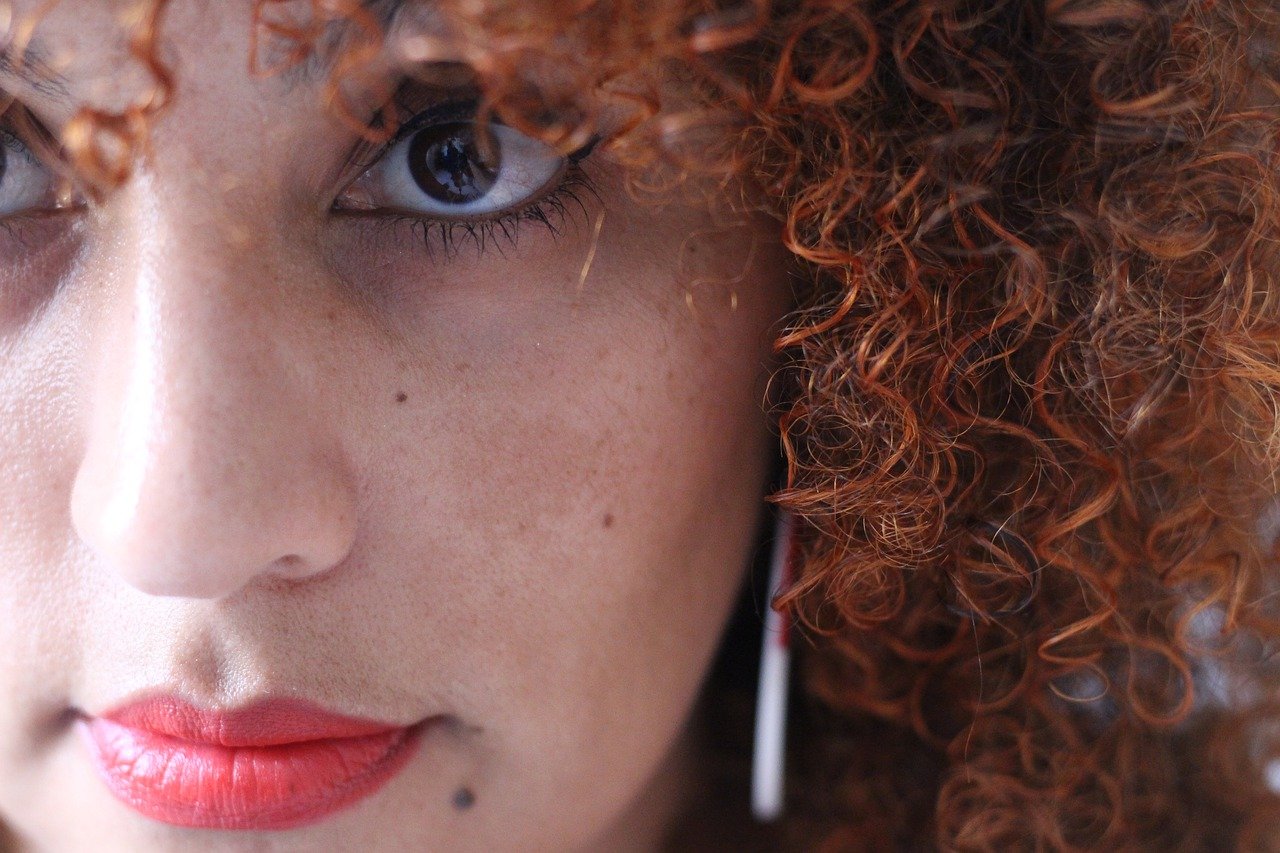
Melasma
3: The mask of pregnancy
Melasma, also known as the mask of pregnancy, is triggered by an increase in hormones in pregnant women. While melasma is not limited to pregnancy and can affect women in all stages of life, the condition causes significant emotional distress to those affected. It often presents as brown patches on the forehead, cheeks, chin, upper lips or nose. The treatment of melasma can range from sun protection, use of lightening creams and pigment laser. Even that, such treatment are not reliably effective in some instances. For example, laser treatments may works for some people. But for others, it may make it worse. It’s not always easy to predict outcome.
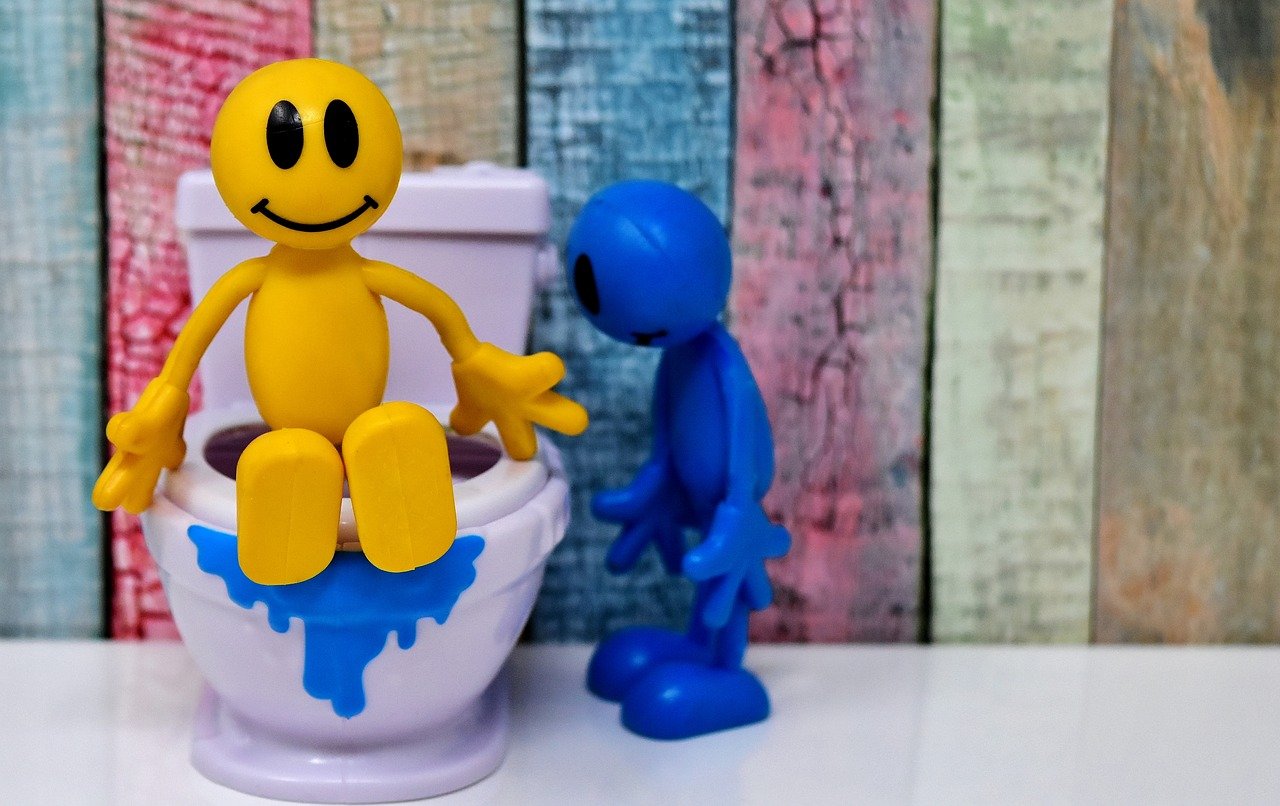
Urinary issues post pregnancy
4: You start to leak urine sometimes
Post partum urinary incontinence is a very real issue for women who are have more than one pregnancy, pregnant with multiples or has undergone a forceps or vacuum delivery. The condition is likely caused by several factors, including genetics and how your deliver. Studies have shown that women are more likely to develop urinary incontinence after a vaginal delivery rather than a C section. This may be the result of damage to the muscles and structures supporting the bladder, known as pelvic floor injury. Treatment of urinary incontinence can range from simple Kegel exercise to surgical intervention. An alternative to doing Kegel exercise is our High Intensity Pelvic Exercise (HIPEX) program.

Larger feet size
5: Your shoe size increases
Pregnancy may enlarge women’s feet and it is a change which may be permanent. This change in size is often a result of the extra weight they carry during pregnancy which stresses their feet and causes the arch to flatten. The hormone called relaxin produced during pregnancy may also cause the joints and ligaments to loosen, making the structure of the feet more malleable. Studies have also shown that first time moms are more prone to increasing their feet size, compared to second and third time moms.
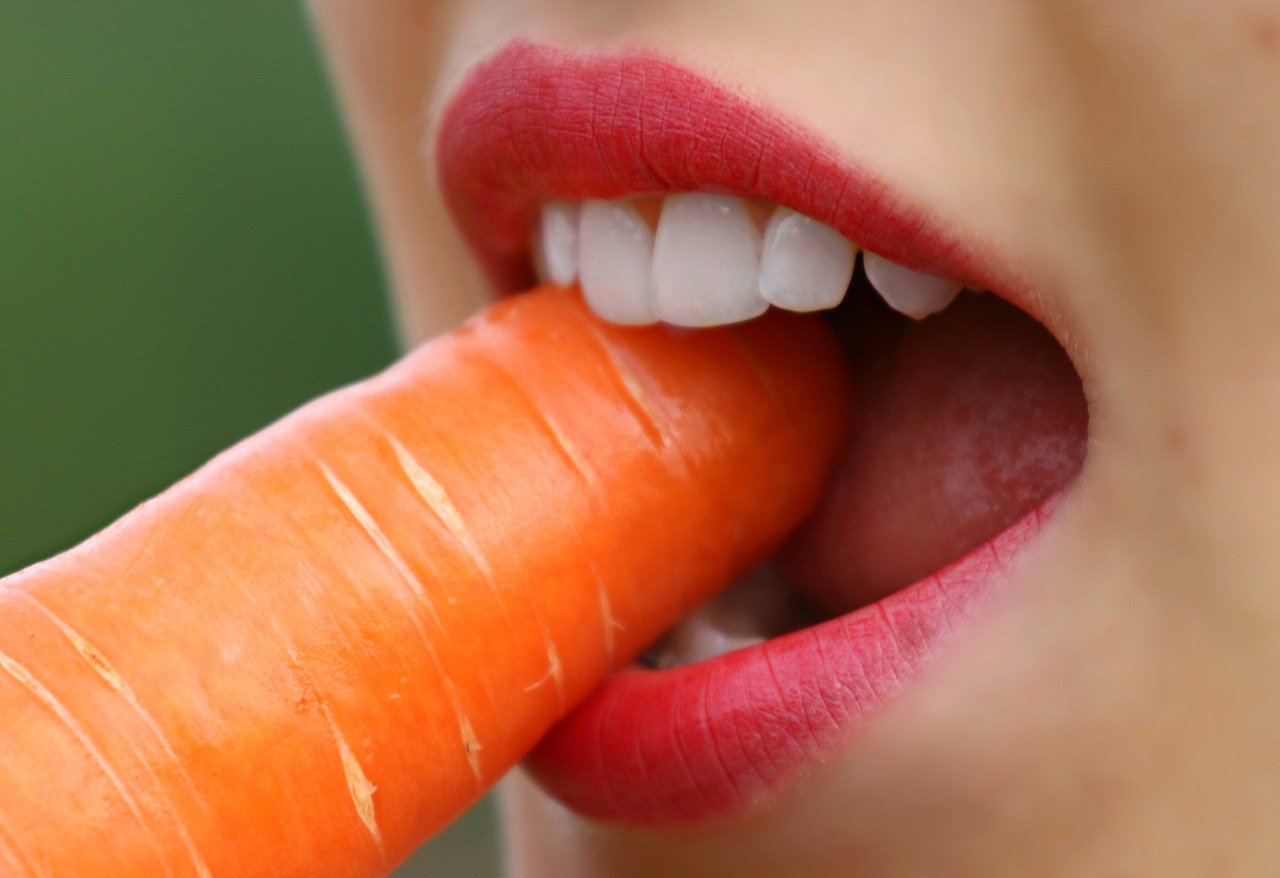
Loose teeth after pregnancy
6: Your teeth starts to loosen
Just as how pregnancy has resulted in an increase in shoe size for first time moms, the same hormone relaxin will soften bones and ligaments elsewhere in the body. When this happens, a woman’s teeth becomes more mobile and starts to move out of place. This can affect their bite when they chew. The old wives’ tale of “Gain a child, lose a tooth” has some scientific truth as experts find a link between pregnancy and poor dental health. A study of 2500 pregnant women by New York University College of Dentistry in 2005 has shown that mothers with multiple children have higher risk of losing teeth.

Stretch marks post pregnancy
7: Stretch marks on your body
Stretch marks are often a common concern amongst mothers post delivery. These marks happen as your body grows faster than your skin can keep up with. The most common affected areas are the belly and the breasts, as these two areas increase the most in size. Other areas that could be similarly affected include the upper arms, thighs and buttocks. Initially they look like purplish red marks. Post pregnancy, the marks will start to fade to white and gray. While there is little evidence to show that stretch mark creams are effective in preventing or treating it, you can consider skin resurfacing treatments to lighten its appearance.
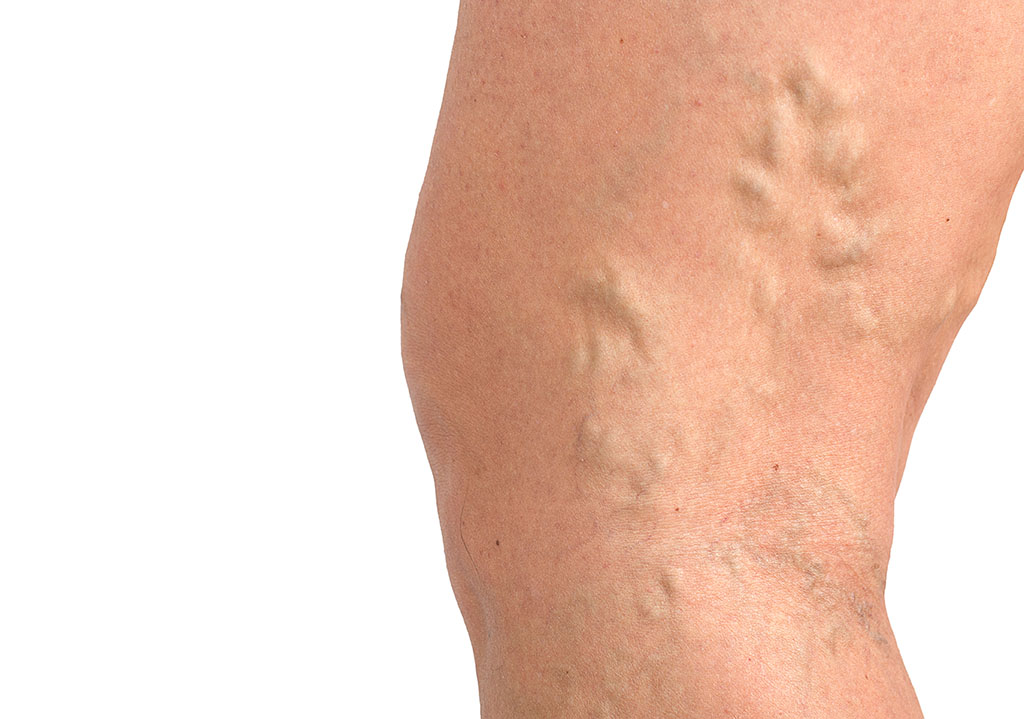
Varicose veins after pregnancy
8: Varicose veins and haemorrhoids
During pregnancy, a woman takes on extra blood volume. With an increased body weight, this put stress on the veins below our pelvis. This causes the veins to bulge and result in ugly varicose veins on the lower limbs, or painful haemorrhoids (known as piles). A regular dose of exercise and wearing of compression stockings may help reduce its appearance. But if it persists after pregnancy, it is useful to seek help from specialists before it gets worst.

Post natal depression is a very real problem
9: Post natal depression (PND)
This can be easily confused with post natal blues. Post natal depression is a condition which does not go away easily and unlikely to get better without help. It affects 1 out of 10 women who have recently delivered a baby. They often see themselves as weak or abnormal. Those vulnerable at risk of PND, and include women who have (1) a prior history of psychiatric illness (2) lack of support from partner, family or friends (3) money, work or relationship problems (4) difficult pregnancy or labour with resulting health problems (5) premature or unwell baby who requires a lot of care (6) difficulty in breastfeeding. If you know of anyone who is having PND, you can refer them for help.
Motherhood is a happy journey despite the sacrifices
There is no doubt that pregnancy will take an enormous toll on a woman’s body. The recovery process may take a longer period for some, compared to others. Some changes may be irreversible, while others may be improved with treatment. Despite all these, having a child is a happy journey. There is no reward greater than watching your child growing up each day under your gentle loving care.
Call us now to find out more about our post pregnancy treatment program.




